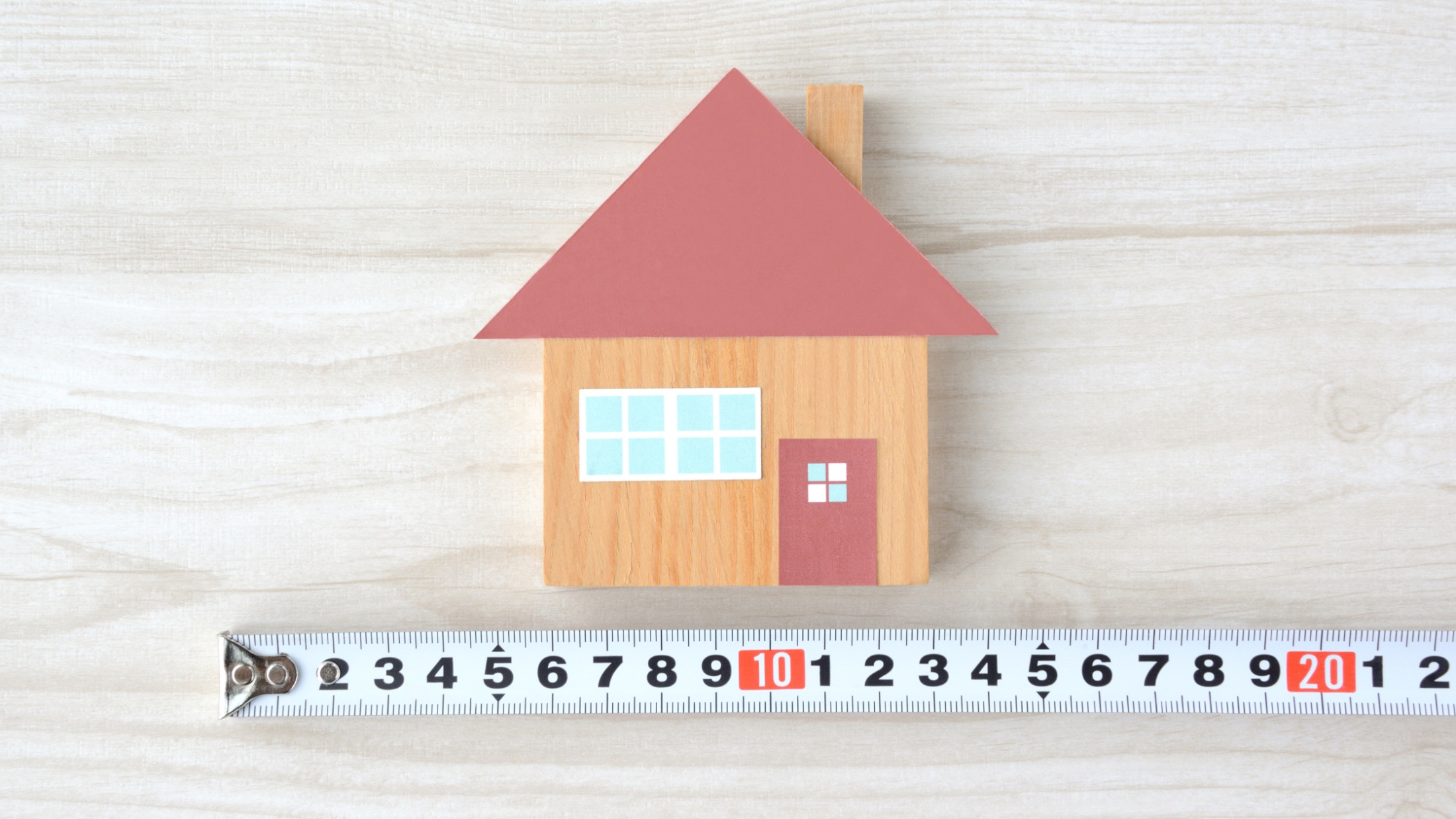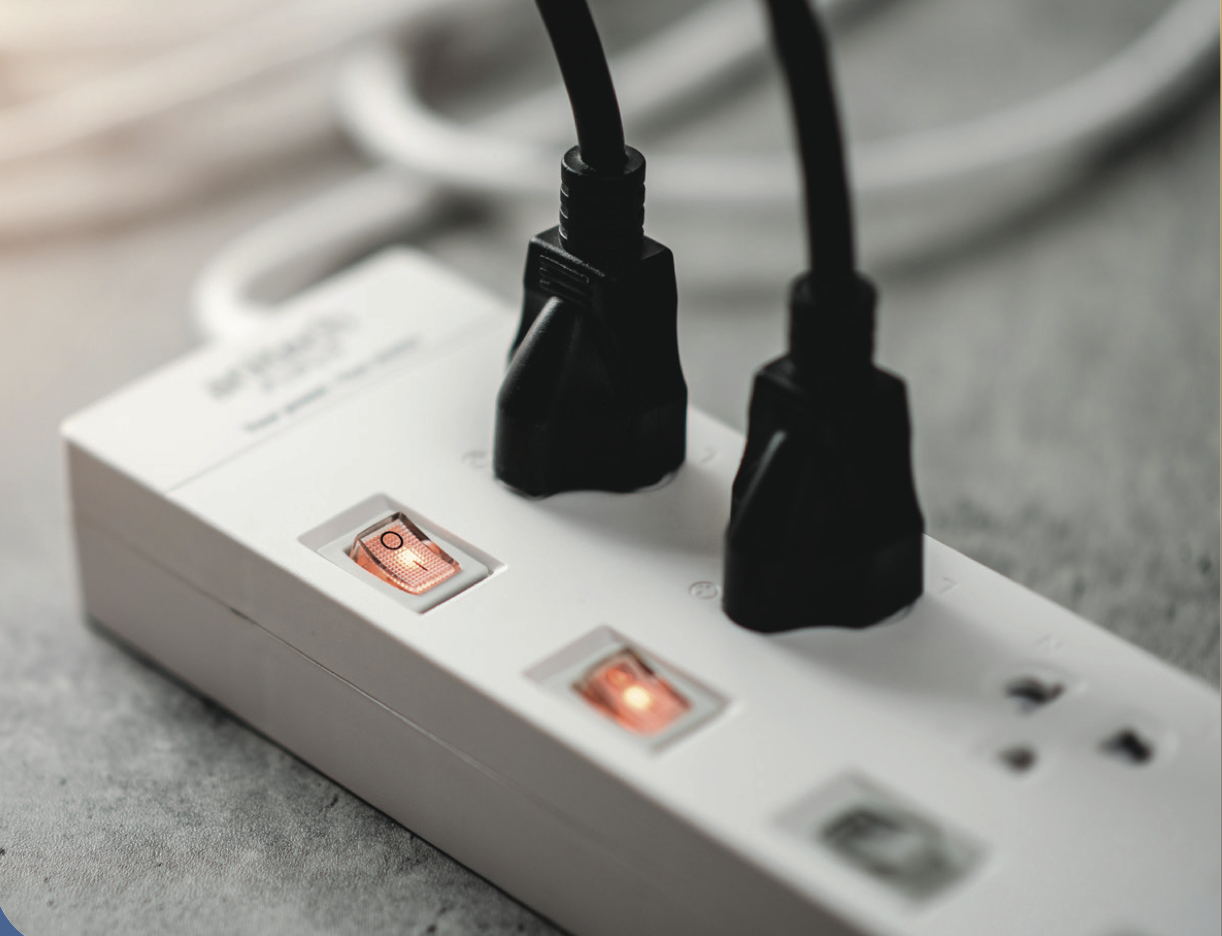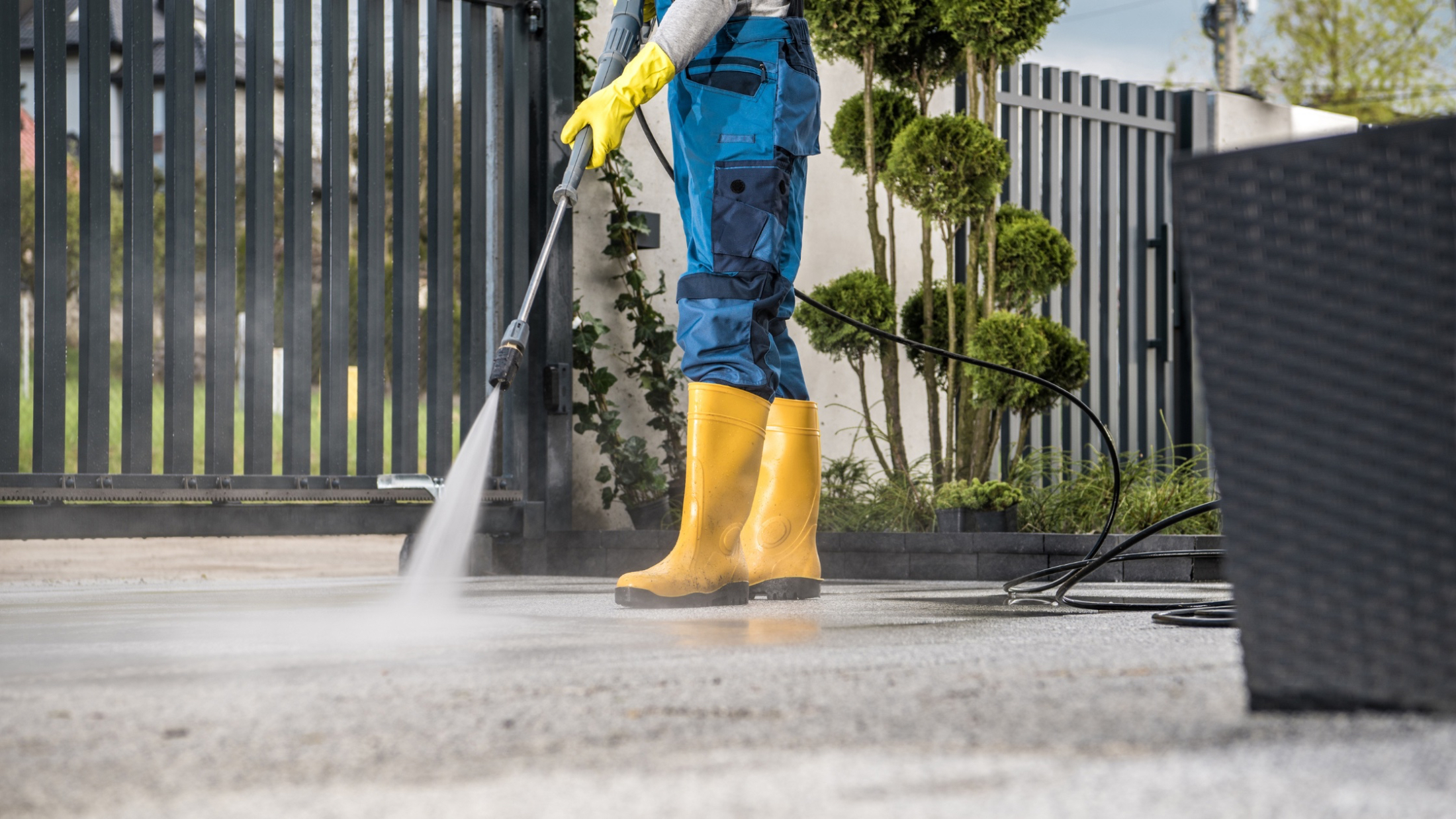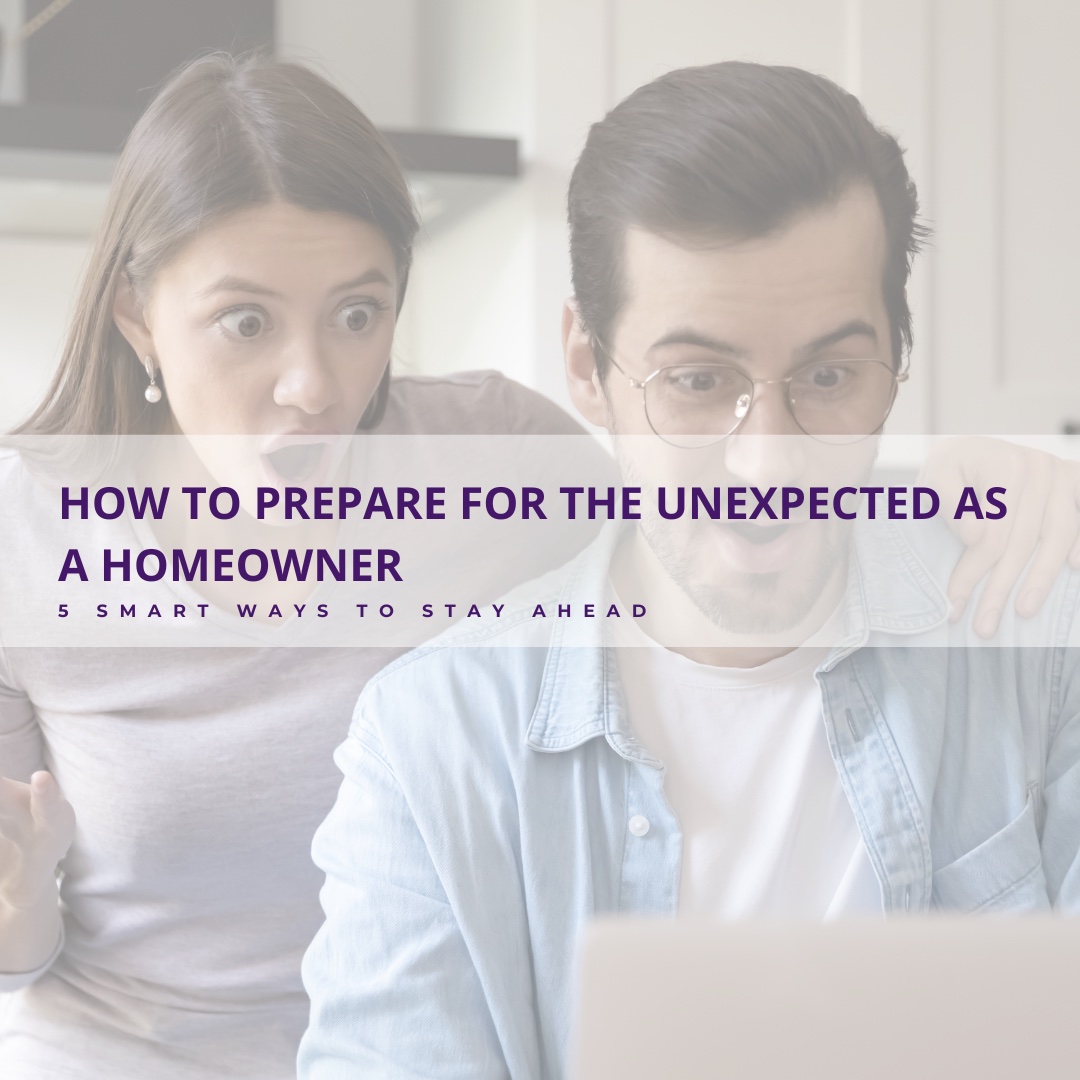With the gorgeous weather this weekend, I’ve been noticing the same thing many of you probably have—everyone is out there getting a head start on their Christmas lights, porch décor, and fresh tree shopping. It’s such a cozy, feel-good moment each year, and if you’re anything like me, you love seeing the neighbourhood light up.
As you pull out the totes of decorations and prep your home for the holidays, here are a few simple safety reminders to keep everything merry, bright… and worry-free.
1. If you’re bringing home a fresh Christmas tree…
Choose a fresh one
Look for vibrant green needles that don’t fall off when you run your hand along the branch. A fresh tree is not only prettier, it’s also much safer.
Give it water (lots of it!)
A freshly cut tree can drink up to a litre of water per day. Keep the stand filled and check it morning and night. A dry tree catches fire incredibly quickly, so hydration is key.
Keep it away from heat sources
Fireplaces, baseboard heaters, floor vents, and even direct sunlight can dry your tree out faster. The cooler the spot, the longer your tree will last.
Use indoor-only lights on the tree
Outdoor lights run hotter. Make sure anything you’re wrapping around the tree is CSA-approved and meant for indoor use.
2. If you’re hanging lights and décor outdoors…
Check your lights before you go up the ladder
Look for frayed cords, cracked sockets, or burnt-out bulbs. If anything looks questionable, replace it. Outdoor lights take a beating from year to year.
Use outdoor-rated extension cords
They’re designed for moisture and temperature changes. Indoor cords outside can be dangerous.
Secure everything properly
Clips are your best friend; avoid nails or staples that can puncture wires and cause shorts.
Be mindful of the weather (even if it’s beautiful today!)
A sudden freeze, overnight frost, or an unexpected wind gust can loosen decorations. Give everything a good tug test before calling it done.
Turn your lights off when you go to bed
Or better yet, use a timer. It saves energy and reduces fire risk.
3. A quick note on ladders
I know… nobody wants ladder tips, but we all know someone who’s had a close call.
Set your ladder on level ground, keep three points of contact, and ask someone to spot you if you can. It’s a tiny detail that makes a big difference.
Enjoy the kick-off to the season
Whether you’re hauling home your tree, hanging your wreaths, or just enjoying a walk through the neighbourhood as the decorations go up, I hope you get a chance to soak in the start of the season.
If you’re planning home projects or wondering which updates make the most sense heading into the new year, I’m always happy to help you plan ahead.
Wishing you a safe, cheerful, and beautifully lit start to the holiday season! 🎄✨














